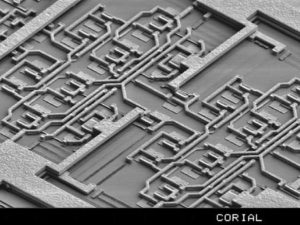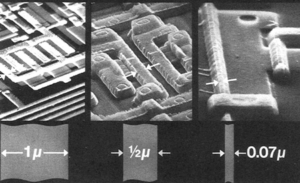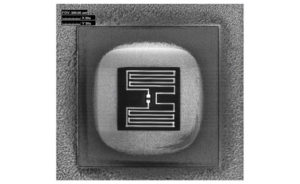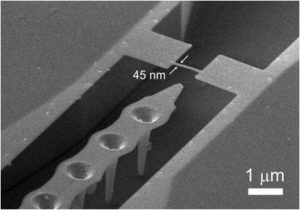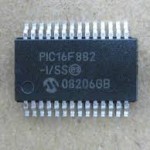Unlock Microcontroller ATmega2561V Heximal
Unlock Microcontroller ATmega2561V starts from disable the security fuse bit, crack the tamper resistance system of MCU and readout the Heximal out directly from its flash and eeprom memory:
· Analog MUX can be turned off when setting ACME bit
· TWI Data setup time can be too short
1. Analog MUX can be turned off when setting ACME bit
If the ACME (Analog Comparator Multiplexer Enabled) bit in ADCSRB is set while MUX3 in ADMUX is ‘1’ (ADMUX[3:0]=1xxx), all MUX’es are turned off until the ACME bit is cleared.
Problem Fix/Workaround
Clear the MUX3 bit before setting the ACME bit.
2. TWI Data setup time can be too short
When running the device as a TWI slave with a system clock above 2MHz, the data setup time for the first bit after ACK may in some cases be too short. This may cause a false start or stop condition on the TWI line.
Problem Fix/Workaround
Insert a delay between setting TWDR and TWCR.
· Analog MUX can be turned off when setting ACME bit
· TWI Data setup time can be too short
Typical values contained in this data sheet are based on simulations and characterization of other AVR microcontrollers manufactured on the same process technology. Min and Max values will be available after the device is characterized. The ATmega2561V is a low-power CMOS 8-bit microcontroller based on the AVR enhanced RISC architecture which is important for IC code extraction.
By executing powerful instructions in a single clock cycle, the ATmega2561V achieves throughputs approaching 1 MIPS per MHz, allowing the system designer to optimize power consumption versus processing speed.
The AVR core combines a rich instruction set with 32 general purpose working registers. All the 32 registers are directly connected to the Arithmetic Logic Unit (ALU), allowing two independent registers to be accessed in one single instruction executed in one clock cycle. The resulting architecture is more code efficient while achieving throughputs up to ten times faster than conventional CISC microcontrollers.
Tags: unlock microcontroller protected archive,unlock microcontroller protected code,unlock microcontroller protected content,unlock microcontroller protected data,unlock microcontroller protected eeprom,unlock microcontroller protected file,unlock microcontroller protected firmware,unlock microcontroller protected information,unlock microcontroller protected memory,unlock microcontroller protected program


